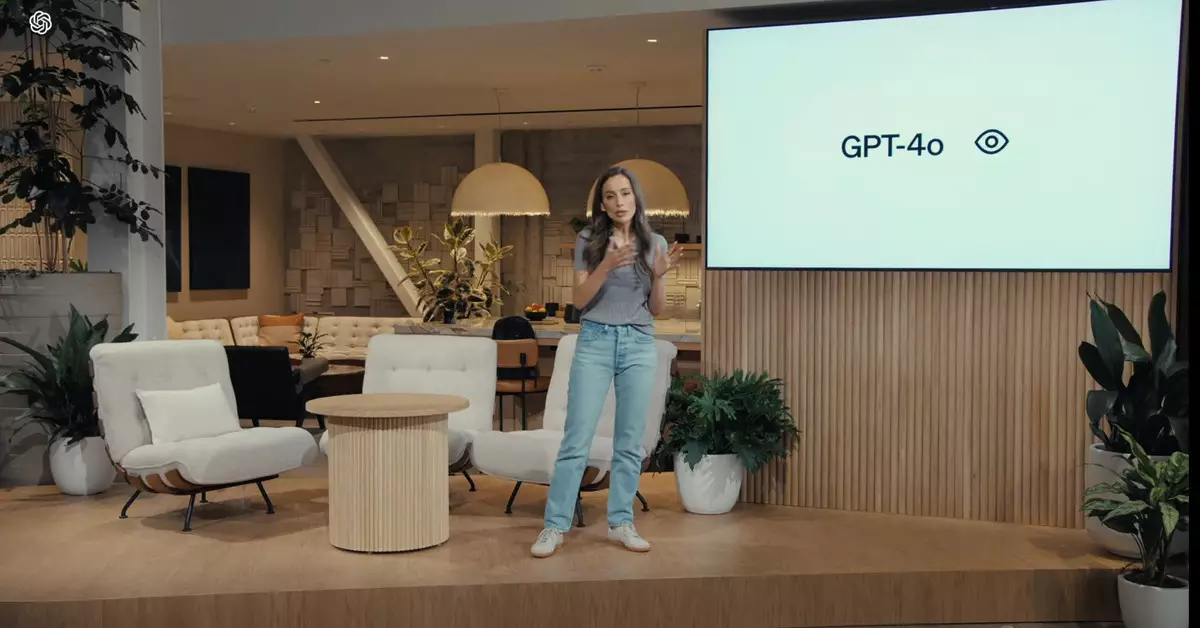OpenAI has recently introduced GPT-4o, an enhanced version of its renowned GPT-4 model which powers ChatGPT. The update, as described by OpenAI CTO Mira Murati, is highlighted by its increased speed and expanded capabilities in text, vision, and audio processing. This development marks a significant step forward in the field of artificial intelligence.
One of the key features of GPT-4o, according to OpenAI CEO Sam Altman, is its native multimodal functionality. This means that the model is equipped to understand and generate content through various mediums such as voice, text, and images. Additionally, the model offers increased capacity limits for paid users, providing up to five times the capacity offered to free users. This feature is aimed at catering to the needs of a wider range of users with varying demands.
Leading up to the launch of GPT-4o, there were speculation and rumors within the AI community regarding OpenAI’s next move. Some anticipated the debut of an AI search engine to compete with established players like Google, while others envisioned a voice assistant integrated into GPT-4 or even the unveiling of a completely new model, GPT-5. However, the announcement of GPT-4o came as a surprise to many, showcasing OpenAI’s commitment to innovation and technological advancement.
It is worth noting that the timing of OpenAI’s GPT-4o launch coincided with Google I/O, a prominent tech event where Google is expected to unveil its latest AI products. By introducing GPT-4o just ahead of this event, OpenAI has strategically positioned itself as a key player in the AI landscape, setting the stage for potential collaborations and competition with industry giants.
The introduction of OpenAI’s GPT-4o represents a significant milestone in the evolution of artificial intelligence technology. With its enhanced speed, improved capabilities, and native multimodal functionality, GPT-4o has the potential to revolutionize the way we interact with AI systems. As the AI industry continues to evolve and innovate, advancements like GPT-4o pave the way for exciting new possibilities and applications in the field of artificial intelligence.


Leave a Reply